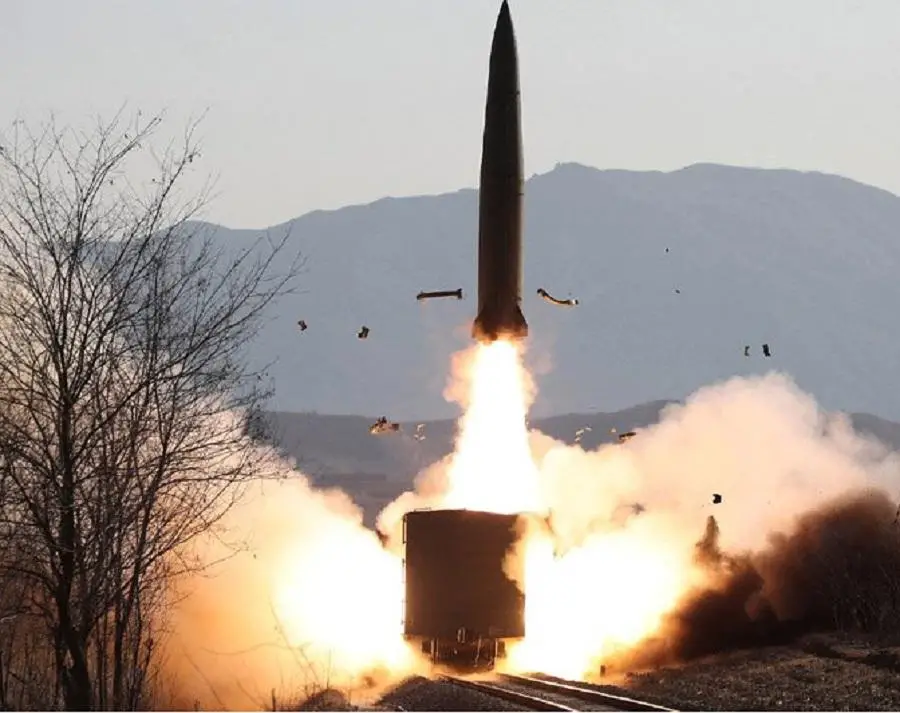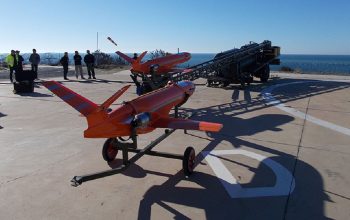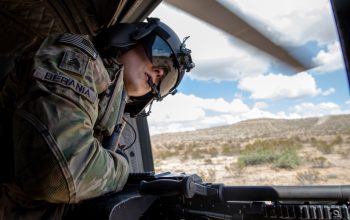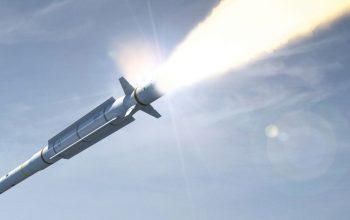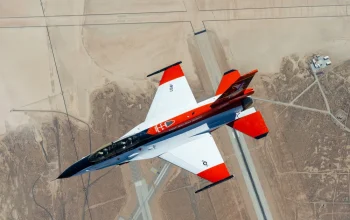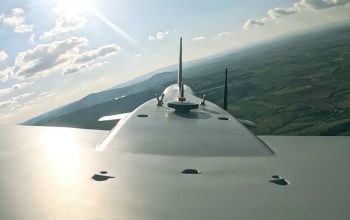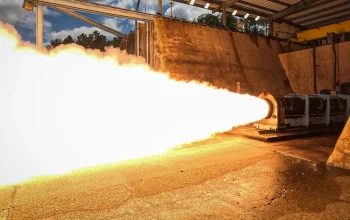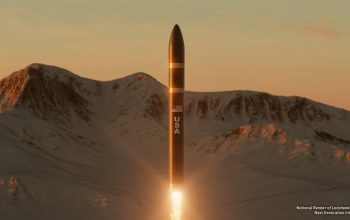The North Korean Central News Agency (KCNA) reported that North Korea tested a railway-borne missile regiment in its firing drills on January 15, 2022, amid a U.S. push for fresh sanctions against the isolated state following its recent series of weapons tests. It is the third launch of ballistic missiles by North Korea this year. It was supervised by commanding officers of the North Korean People’s Army and leading officials of the Academy of Defence Science. The news agency did not specify the missiles’ range, or trajectory, but said a firing drill was held in North Pyongan Province to “check and judge the proficiency in the action procedures of the railway-borne regiment.”
Two short-range ballistic missiles (SRBMs) traveled about 430 km (267 miles) to a maximum altitude of 36 km (22 miles) after being launched eastward on the northwest coast of North Korea. This is the first time North Korea has revealed this ballistic missile basing mode, a mode known to have been adopted only by the Soviet Union/Russia. The North Korean News Agency reported that on 16 September 2021 that a newly established “railway-borne missile regiment” launched two ballistic missiles from a rail-mobile launcher on 15 September 2021. The missile trains are stealthy and highly mobile, capable of covering up to a thousand kilometers in a single day.
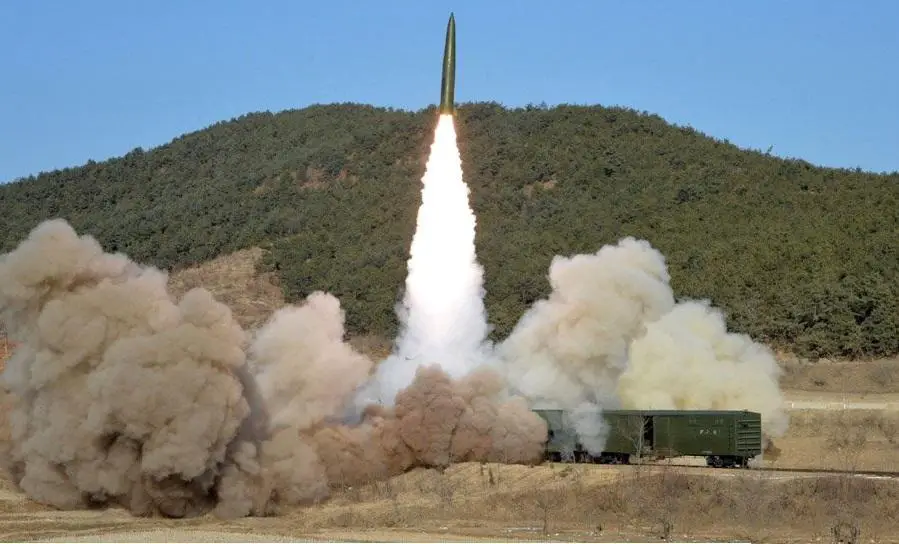
The missiles appeared to be the KN-23 type, which is modeled on Russia’s Iskander mobile ballistic missile. The launch railcar used two side-by-side erector/launcher mechanisms like the side-by-side arrangement used in the transporter erector launcher (TEL). The Korean People’s Army would aim to set up a railway-borne missile operating system “across the country.” The rail launches were likely more maneuverable weapons — could give the isolated country more options for evading missile defenses. Disguised as a freight train, a missile train cannot be spotted either by satellite or electronic surveillance.
KN-23 is a designation given to a North Korean solid-fueled tactical ballistic missile. . Like the Iskander-M, it flies in a quasi-ballistic trajectory, flattening out below an altitude of about 50 km (160,000 ft) where the atmosphere is dense enough so the missile’s fins can change course along its flight path. It is believed to have a range of some 450 km with a 500 kg warhead, putting all of South Korea within range, though it is possible to extend range out to 690 km with a reduced payload; warhead is likely to be unitary, submunition, or possibly nuclear.



